Ancient temples, toasty temperatures, delicious food and low hotel prices — these are some of the best parts of traveling to Cambodia.
Some Americans might view traveling to Asia as a daunting experience, but Cambodia is a great place to start. The exchange rates for the U.S. dollar is high, so your dollar carries you fairly far. And although the national currency is the Cambodian riel, the main currency that is exchanged is the U.S. dollar.
Siem Reap is a vibrant city where tourists are ubiquitous, so it’s easy to get around, and many people speak English. Tourism is a key part of the country’s economy, so the people are kind, open and welcoming to tourists. It also hosts Angkor Wat — “the world’s largest religious monument and a UNESCO World Heritage site,” per National Geographic.
Here are some of my best tips for visiting Cambodia.
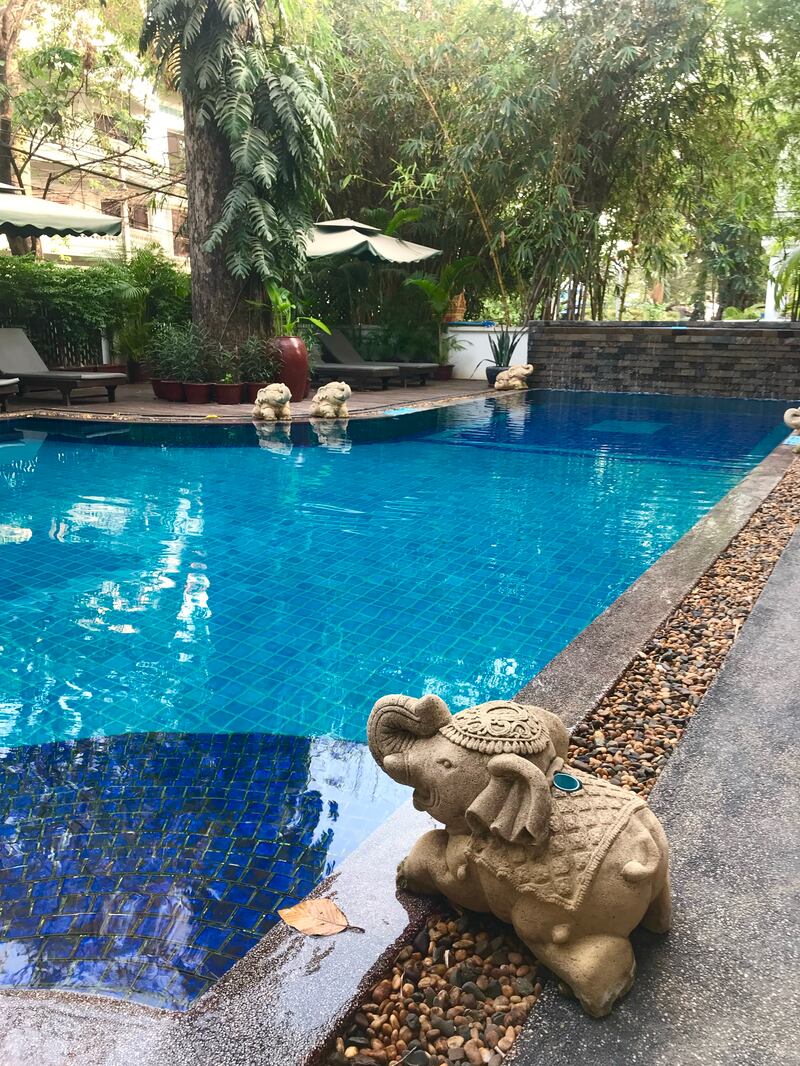
1. Book hotels, flights well in advance to Cambodia
If you’re flying from the U.S., the plane ticket will likely be your most expensive item, so it helps to book early. The best time to visit to avoid the rainy season is between November and May. I went in March, and it was mostly sunny — with just a couple hours of rain my first day there.
Luxury hotels are shockingly affordable in Siem Reap — just do a little research on what you would like — and some even offer tours included in your stay. Depending on how much research and planning you want to do, it could be worth it.
Also, be sure to bring cash with you. There are automated teller machines in the airport and the city, if you need. Most transactions in shops and restaurants are done through cash, not card, and you will also need cash to tip service workers if you take a taxi or eat out.
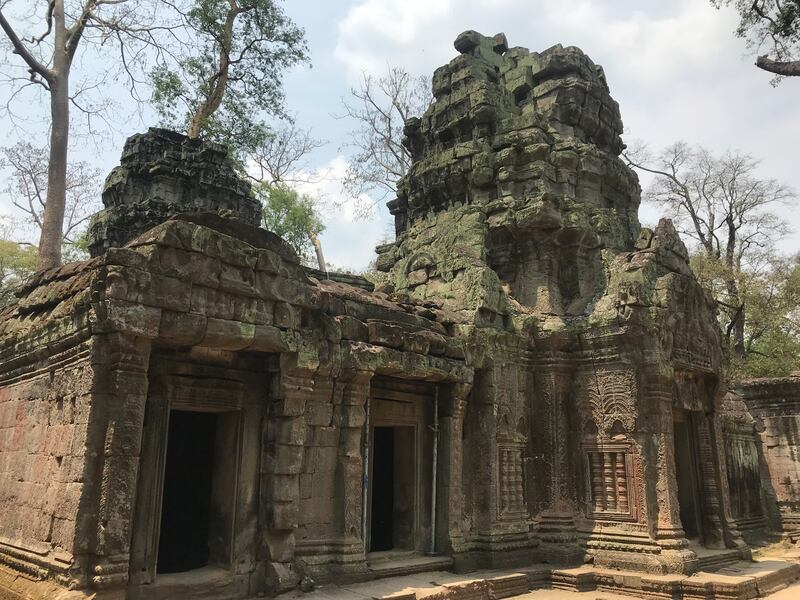
2. Go early to visit Angkor Wat and the other Buddhist temples
One of the most iconic stops in Cambodia is the ancient temple of Angkor Wat.
According to National Geographic, the no longer active temple “attracts nearly 2.5 million foreign visitors annually.
Angkor Wat translates to “temple city” in the Khmer language and was built by Emperor Suryavarman II in the first half of the 12th century to be the state temple. It was “originally dedicated to the Hindu god Vishnu,” but by the end of the 12th century, it had been converted to a Buddhist temple.
If you can get to Angkor Wat early in the morning, that is ideal to avoid the crowds and somewhat beat the heat. To visit the temples, plan to wear pants and clothing that covers your shoulders — the religious beliefs of the region doesn’t allow female visitors to enter the temples if those body parts are not covered.
You can book a guided tour beforehand, but there are usually tour guides waiting outside the site who are willing to walk you through the entire site and explain the history. Our guide that we met in front of the temple was extremely knowledgeable about Cambodian history, had impeccable English, and he only charged $15 for all three of us. I highly recommend only going with a tour guide — it brings a much deeper meaning and richer understanding to the whole experience. And again, it’s helpful to have cash to also tip any tour guides you come across.
We met a taxi driver at the airport who offered to drive us to our hotel and to pick us up the next day to take us to the most iconic ancient sites, as well as to The Floating Villages. And he offered to take me and my two friends I was traveling with to those locations the following day in his taxi — all for just $45.
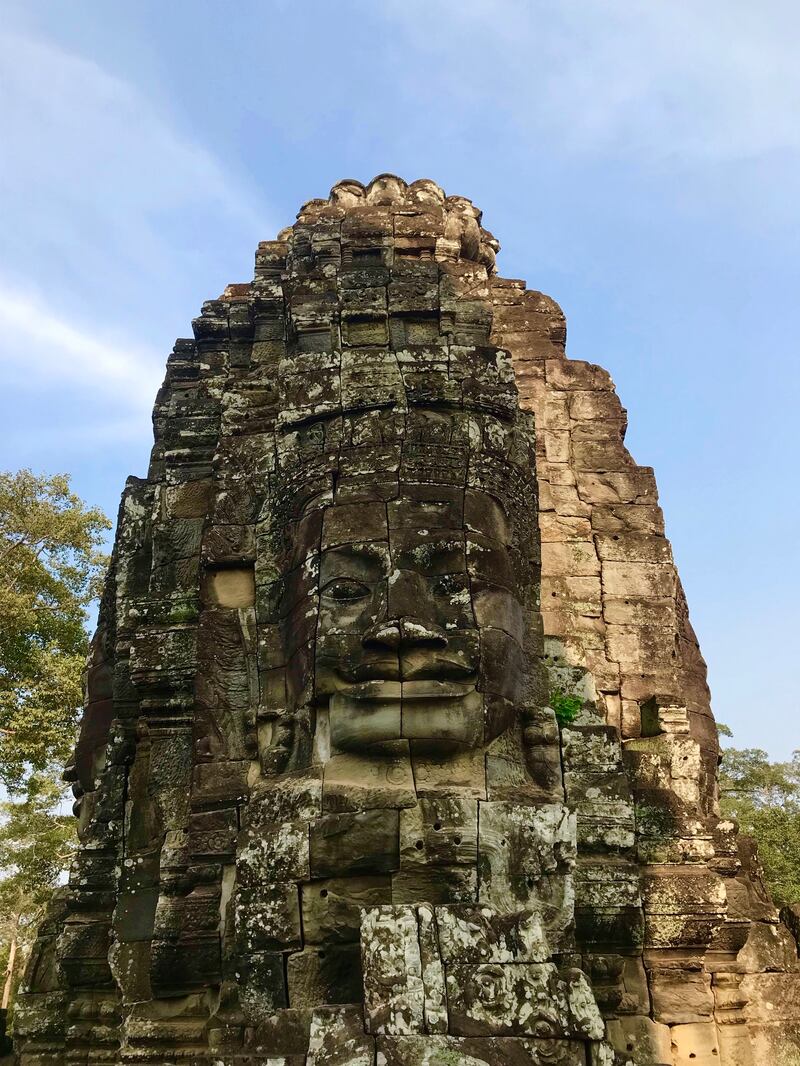
While you’re in Siem Reap, Angkor Wat isn’t the only mind-blowing historical site to see. Another key stop is Bayon — a temple consisting of 54 towers, with the main tower showcasing four faces that “are generally believed to be the four faces of King Jayavarman VII demonstrating the omnipresence of the king,” according to Visit Angkor.
There are also more than 11,000 carved figures on the outer gallery of the Buddhist Bayon temple that are a majestic window into the past.
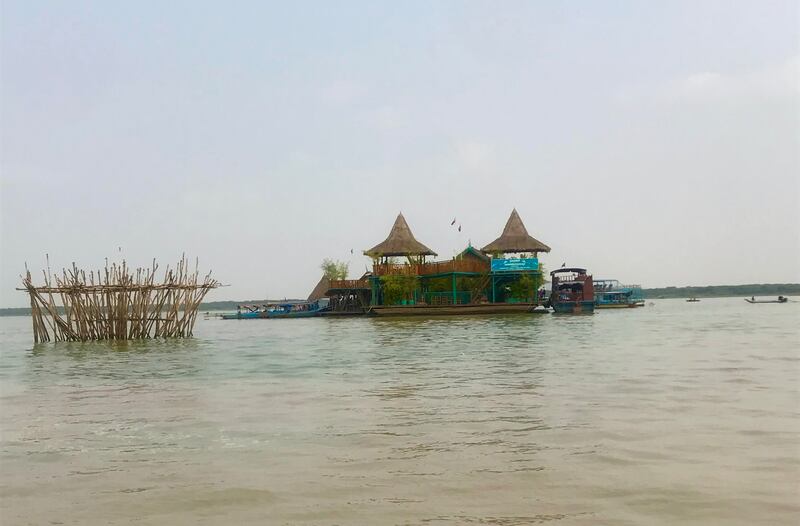
3. Plan to stop at The Floating Villages on Tonle Lake
Most boat tours you can purchase will take you to the main temples, as well as one of the most fascinating places in Siem Reap — The Floating Villages on Tonle Lake.
It’s composed of four main villages where communities have created their homes, restaurants, businesses and schools on floating houses on the lake. The Insider’s Guide To Siem Reap recommends booking through Tara River Boat or Sam Veasna Conservation Tours to visit the unique and fascinating floating villages.
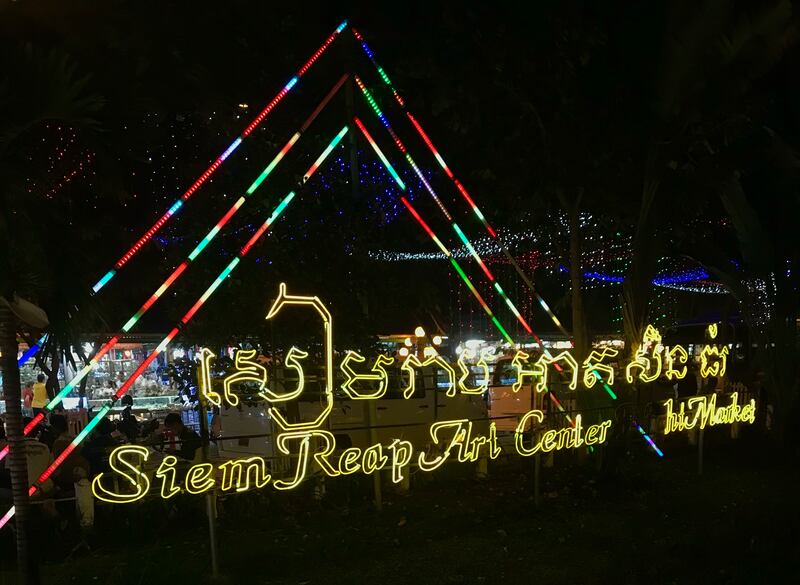
4. Try the street food in Cambodia AND reserve a fine dining experience
The street food in Cambodia is an experience that is really special and unique to Southeast Asia. And a lot of the food is truly delicious. I highly recommend getting a fruit shake ... or two!
Another thing I would recommend is seeking out a fine dining experience while you’re there — there are some truly talented chefs in Cambodia, and it’s an opportunity to experience fine dining at a more affordable price.
One that The New York Times recommends is Cuisine Wat Damnak, which offers “dishes from the longtime resident French chef Joannès Rivière’s kitchen (that) are firmly rooted in Cambodian flavors.” The tasting menus come down to just $28 for five or six courses.
Cambodia is a great place to relax with many spas and opportunities to get pedicures, manicures and massages at a more affordable price than what you would find in the U.S. Just make sure to tip well and show appreciation for the kind service workers offering the incredible services.


